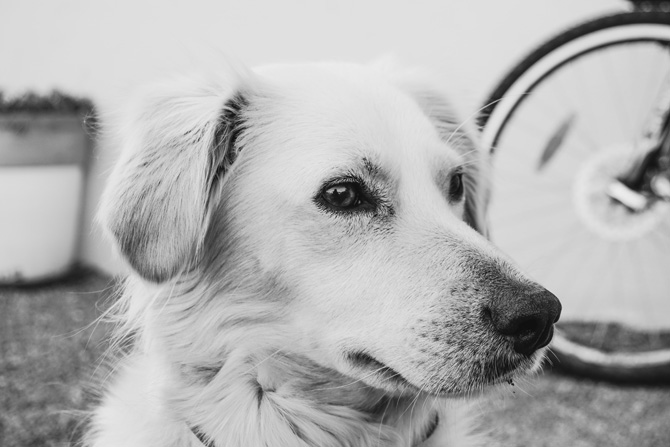In the same way that humans have different personality traits, so too do our canine chums. Dogs can be outgoing and energetic, anxious and shy, or relaxed and sociable. Yet, while everyone loves an easy-going dog, a timid dog can be trickier to work with or look after.
Nonetheless, it’s important for pet professionals to recognise each dog’s personality type and give a little extra attention to those that need it. After all, through positive training, time, and a bit of patience many dogs learn to manage or overcome their fears.
Signs of a timid dog
According to the Animal Welfare League (AWL) of South Australia, the signs a timid or fearful dog might display include:
- Avoiding eye contact
- Tail tucked
- Cowering
- Trembling in certain situations
- Hiding (behind their owner or behind furniture)
Certainly, it can be useful to chat with their owner to gain a deeper understanding of why the dog is like this. There are many reasons why a dog may become fearful including genetics, lack of socialisation in early life, abuse, or simply a bad experience.
Of course, if you can work out the underlying cause it can be easier to address. For example, to help a timid dog gain confidence amongst other dogs you can expose them to their canine pals in brief, well-controlled situations. Over time they will become conditioned and desensitised and much more able to enjoy the company of other dogs.
Managing a timid dog
Unfortunately, it is the breeders or owners that often create fear or timidness in dogs. So, as pet professionals, you have a really important role to play when you encounter an owner with a new puppy.
Through considered conversations, you can highlight the importance of socialising the puppy well. Without a doubt, lack of early socialisation is the largest contributing factor in raising a timid dog. Encourage owners to expose their new puppy to as many different situations and experiences as possible during those first four months. Puppies should be invited to interact with people of different ages and also dogs of different ages and sizes.
Indeed, aside from educating new owners to help prevent them from raising a timid dog, you can also play a role in helping fearful or shy dogs become more confident. There are many methods you can use, but here are a few of them.
Slow and steady positive associations
There is no miracle cure that will turn a timid dog into an outgoing, playful pooch. As such, slow and steady is key. There is no point in taking a dog that is fearful of fireworks to a fireworks show with the hope that the exposure will reduce his fear. If anything, it’ll make him even more afraid.
What is needed is patience, time and continued exposure to positive associations. For example, if you have a timid dog that’s afraid of bigger dogs you don’t want to avoid bigger dogs altogether. Instead, you need to work out in what situations your timid dog feels comfortable around bigger dogs. Perhaps he feels fine being on the lead. Or maybe he feels okay if there’s a certain distance between him and the bigger dog.
Once you’ve worked out in what situation the dog feels at ease, you can continue to expose the dog to this measured approach. After a time, you might decrease the distance between your timid dog and the larger dog. Just don’t rush to get to the final hurdle.
Distraction
If you have a timid dog that is afraid of loud noise or a certain noise, why not try distraction technique? It may be something as ordinary as the sound of the dishwasher finishing, or maybe it’s fireworks; either way, distraction can be a useful tool to assist a timid dog.
If the sound in question is something that is easily played time and time again, then that’s great. However, if we’re talking fireworks or the sound of the dishwasher finishing its cycle you might be able to record the noise. This will enable you to repeat the sound.
The key is to start with the sound on low while offering the dog some treats or inviting him to play his favourite game. If the dog appears comfortable with the sound playing you can start to turn up the volume while giving treats and playing.
Keep the training sessions going at regular intervals, turning the sound up each time (providing the dog is at ease). Eventually, the dog should become desensitised to the noise and instead associate the loud noise with tasty goodies and happy times!
Of course, when dealing with a timid dog, it’s important to talk to its owner. Explain what method you are taking to help the dog to become less fearful or shy. Also, it might be useful to discuss some of the things owners of a timid dog should and shouldn’t do. For example, in situations where the dog is frightened if the owner gives praise or attention this can, in fact, cement the dog’s behaviour. The dog may feel they are being praised for their response, despite the fact the owner is simply trying to alleviate the dog’s fear.
How have you helped a timid dog to feel more confident?
Latest posts by Liz Walden (see all)
- Pet health: Medicinal cannabis for pets - December 27, 2021
- What pet business insurance do I need? - November 17, 2021
- Pet sitters: how to take time off - November 15, 2021










Leave A Comment